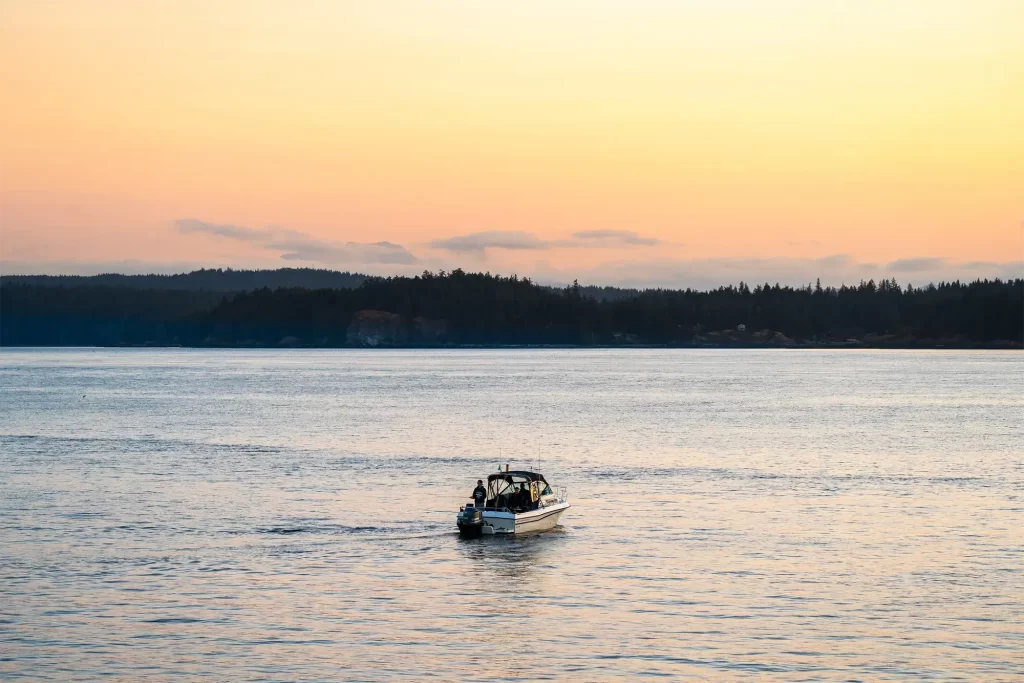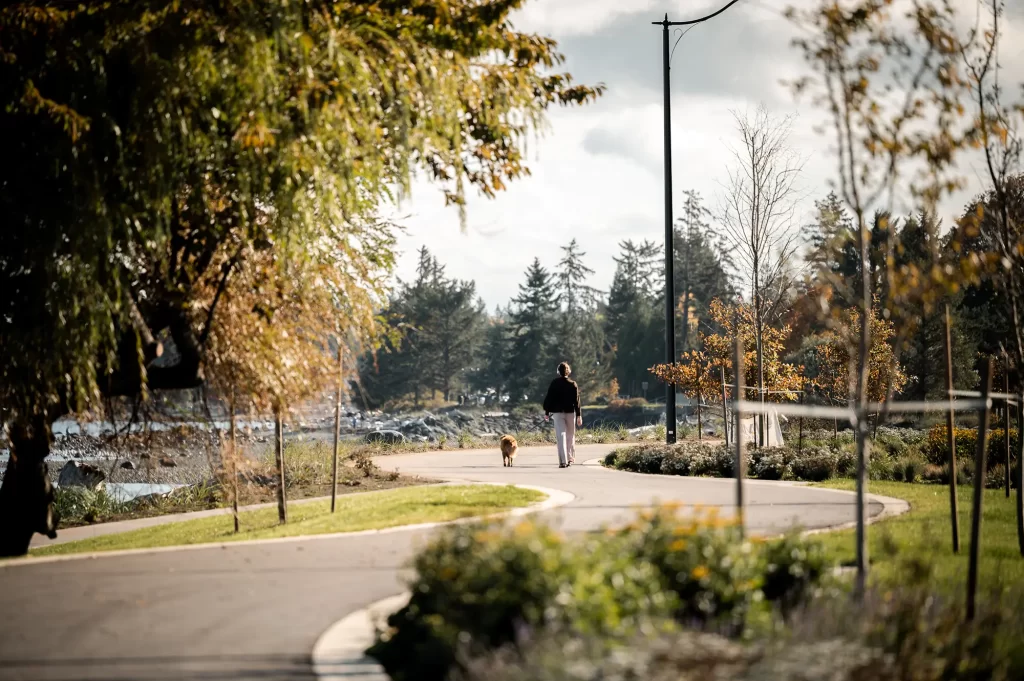Homalco Wildlife and Cultural Tours is owned and operated by the Homalco (Xwémalhkwu) Nation who have traditional territories extending across the Bute Inlet northeast of Campbell River. People travel from all over the world to join remarkable grizzly bear viewing tours and be immersed in what the company’s tourism development officer, JP Obbagy, calls a sense of place.
Obbagy says wildlife tourism is a vehicle to educate people about the importance of environmental conservation. At Homalco Tours, care for the environment and care for culture are intertwined. The business is run like a social enterprise, providing employment opportunities and directly contributing to cultural revitalization for the Homalco Nation.
The Homalco people are stewards of their lands and waters. Obbagy hopes tour guests come away with an awareness of how Indigenous values can be applied to environmental protection and rehabilitation.
“The work we’re trying to do now is to get things back in balance,” he says.

“If we can bring some awareness of Indigenous values, how they can be applied into protection and rehabilitation, that can be taken away by people, and people get an appreciation for how important it is…to protect some of our iconic species and to protect the wilderness.”

Conservation Fees: Salmon First
When visitors join a Homalco Tour they are directly contributing to local wildlife conservation efforts. Tour prices include conservation fees that fund protection for salmon, grizzly bears, and whales.
A salmon conservation fee is applied to all tours because, as Obbagy says, protecting salmon has a multi-layered benefit to the area. Salmon are vital to the overall health of the ecosystem. Focusing on protecting them and their habitats means a cleaner ocean for other marine wildlife and a sustainable food source for grizzly bears. It’s all connected.
Obbagy estimates the company’s tours will generate more than $60,000 (CAD) in salmon conservation fees this year. This money goes to the Homalco Taggares Hatchery which is run by the Homalco First Nation. The hatchery aims to restore and enhance salmon populations, which have been harmed by industries and threatened by climate change.
Salmon conservation is a key part of Homalco Tours because of the cultural importance of salmon to the Homalco people and other Coastal First Nations.
“It is a key food source for the people and a key part of their culture and stories and traditions,” says Obbagy, noting that environmental stewardship and culture are intertwined.
Grizzly Bears and Whales
In addition to the baseline salmon conservation fee, grizzly bear tours and whale tours have dedicated conservation fees.
Homalco Tours contributes funds from its grizzly bear conservation fee to scientific research and advocacy work through a partnership with the Commercial Bear Viewing Association. The CVBA does education and advocacy work to protect bears and to keep bear hunting away from the region.
Whale-watching tours collect a marine mammal conservation fee that goes towards the North Island Marine Mammal Stewardship Association (NIMMSA).
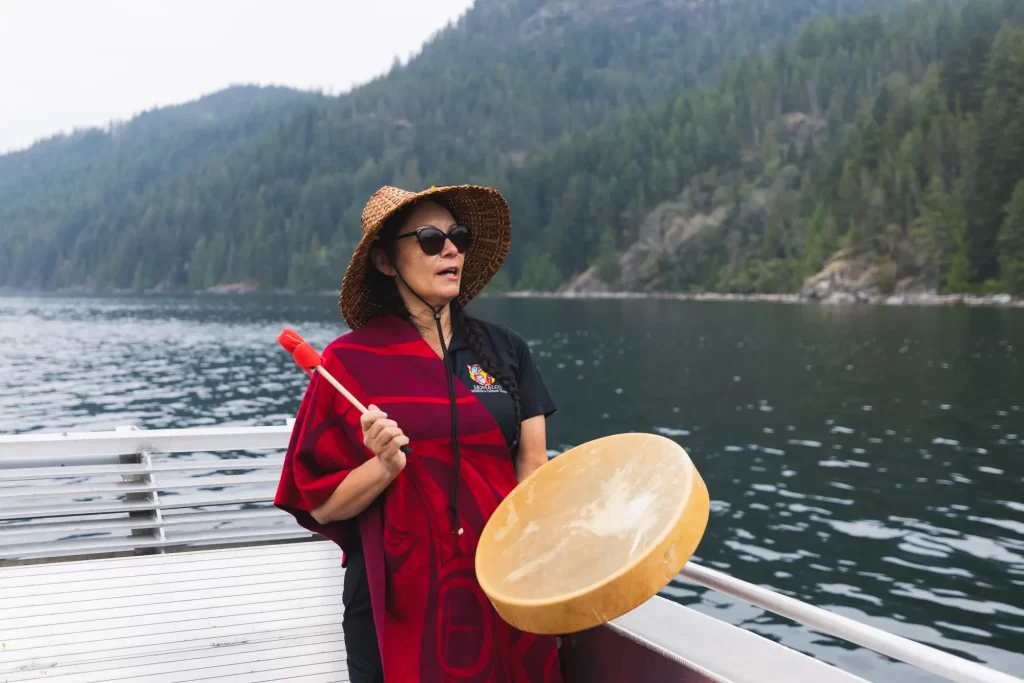
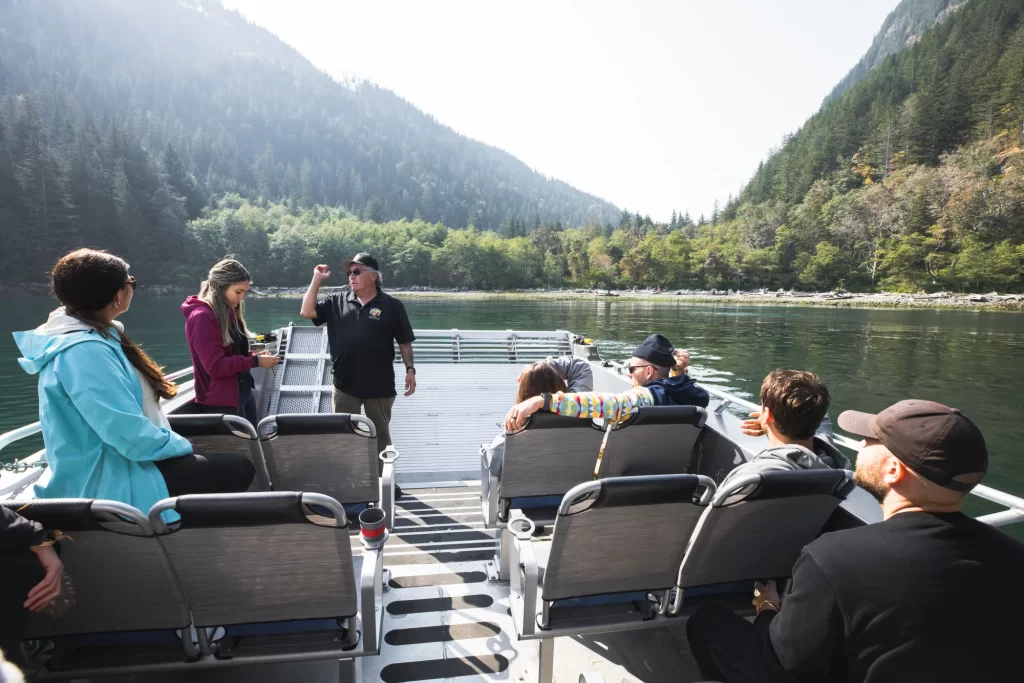
Ecotourism Supports Cultural Revitalization
When discussing ecotourism and conservation, Obbagy emphasizes the importance of Indigenous cultural revitalization.
“Cultural and language knowledge directly brings back the relationship of Indigenous people to the land and how they only took what they needed, and did it respectfully,” he says.
While Homalco Tours has made a name for itself with wildlife viewing over the past 20 years, the business has recently developed cultural tours that invite guests to learn about Homalco history and culture. On the People Water Land tour, a cultural conservation fee collects funds that go directly to Indigenous youth in the community. Obbagy remarks that everything Homalco Tours does is circular. When the tour company gives back to the Homalco community they are protecting the wildlife, and vice versa.
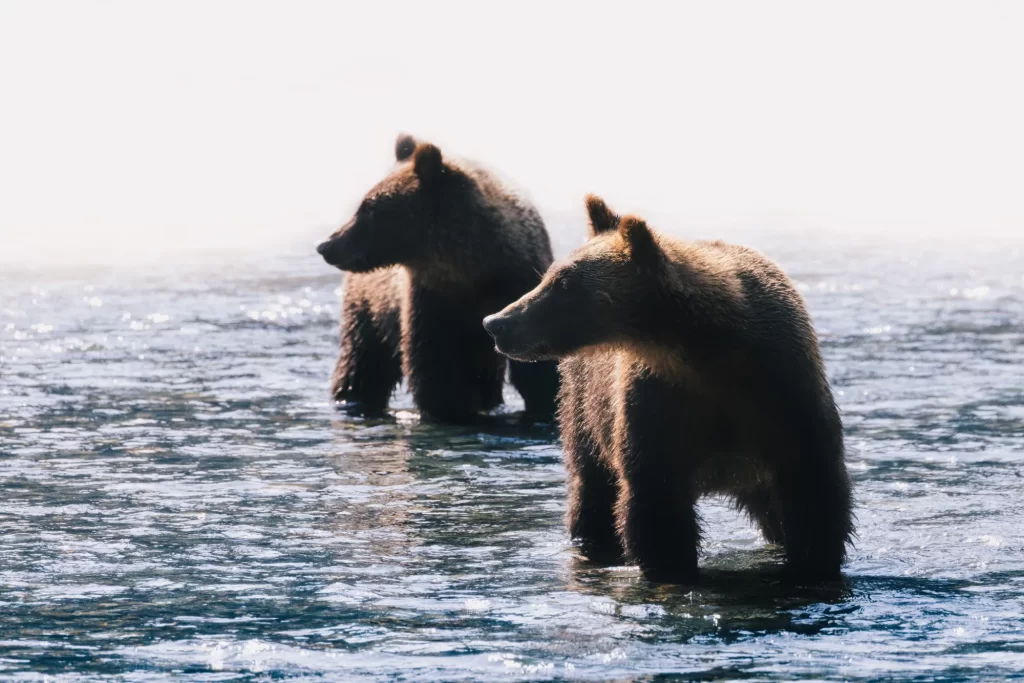
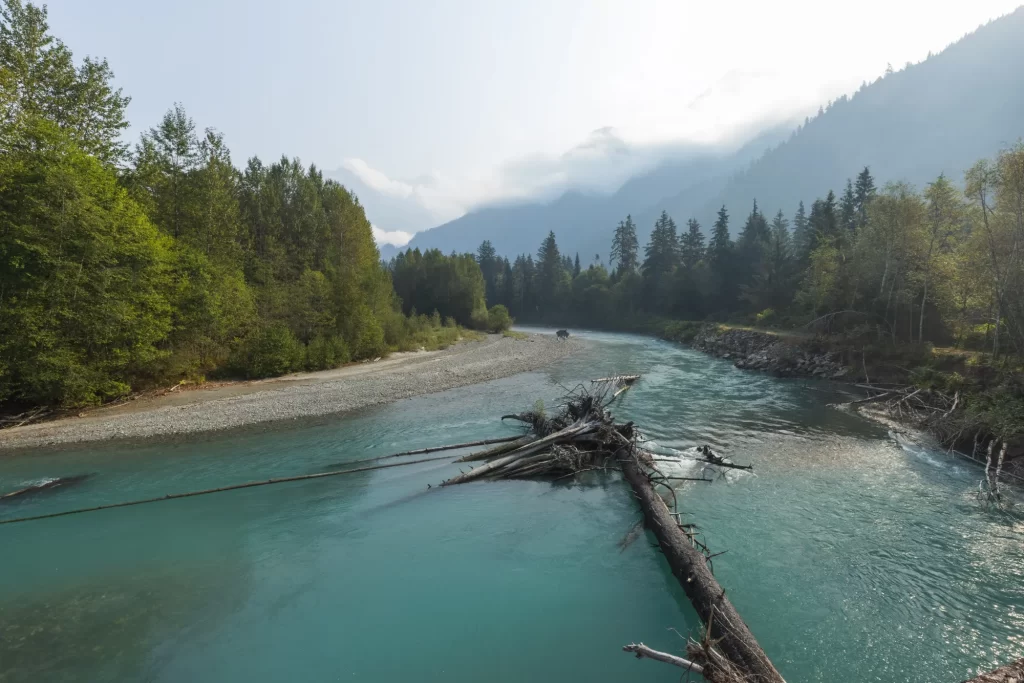
October Bear Tours
Bear viewing season typically runs August to October, but Obbagy says most people don’t know how special October tours can be. As the weather starts to change, so does bear behaviour.
“There’s less chasing and there’s more foraging on dead salmon that are already in the river.”
Guests should be prepared for rain, cooler temperatures, and everything in between. Obbagy jokes that the bears are all-weather bears.
“They’re in the water anyway; they don’t care.”
This is an attitude that anyone embracing a coastal adventure can and should adopt. You know the drill: If you bring a waterproof coat and warm layers, a little rain won’t dampen your enthusiasm for the magic of seeing grizzly bears in their natural habitat.
Do you want to support local stewardship and conservation efforts when you travel?
Book your tour with Homalco Cultural and Wildlife Tours today.



